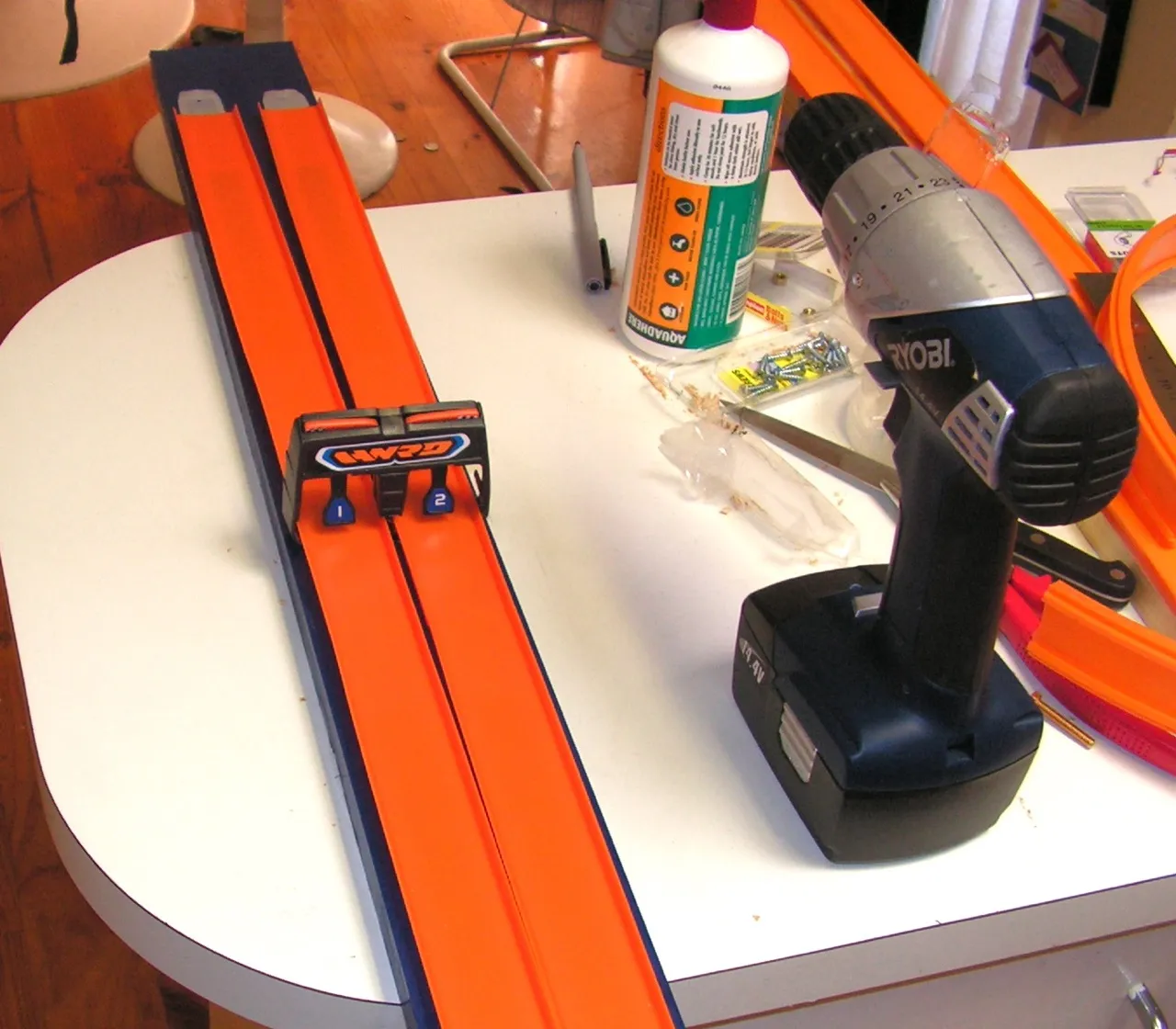What is a Diecast Drag Racing Track
A diecast drag racing track is a miniature version of a real drag strip, specifically designed for racing small, typically metal, toy cars. These tracks offer a fun and competitive environment for enthusiasts of all ages to enjoy the thrill of drag racing. Unlike traditional slot car racing, diecast drag racing often relies on gravity and a smooth track surface to propel the cars, making it a more accessible and affordable hobby. The tracks are typically constructed from materials like wood, plastic, or even high-density foam, and can range from simple, homemade setups to more elaborate, professionally-built tracks with electronic timing systems. The essence of diecast drag racing lies in the modifications of the cars, the precision of the track, and the skill of the racers.
Track Components
A well-designed diecast drag racing track consists of several key components that contribute to the overall racing experience. These components work together to ensure fair and accurate racing conditions. The fundamental components of a drag racing track include the racing surface, starting gate, and finish line with sensors. The surface needs to be exceptionally smooth to minimize friction and allow the cars to accelerate quickly. The starting gate is responsible for releasing the cars simultaneously, and the finish line sensors accurately record the race times. The best tracks also include lane guides to keep the cars straight, and return mechanisms that allow the cars to be recovered after a race.
Track Surface
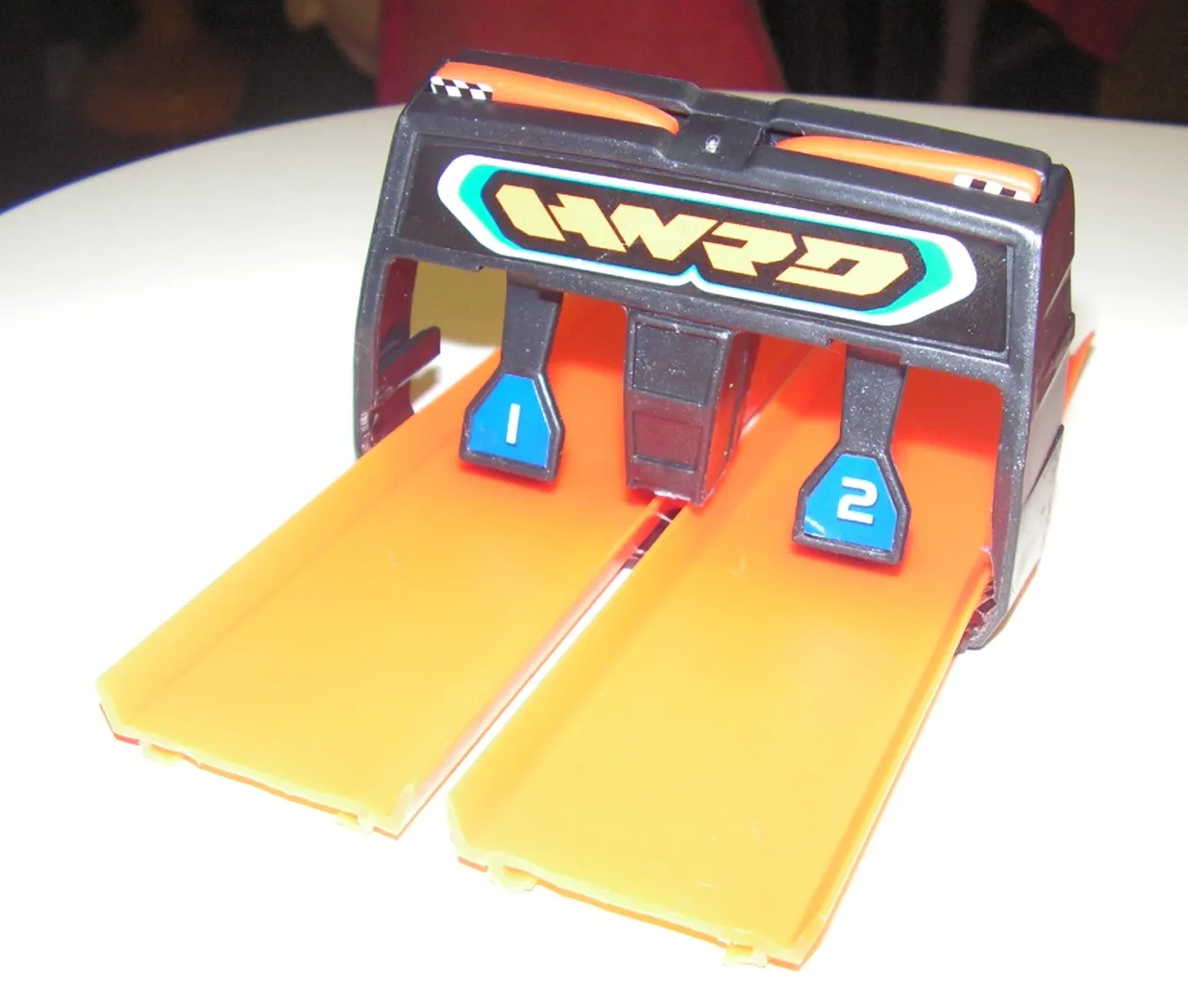
The track surface is a crucial element in diecast drag racing, directly influencing the car’s speed and performance. The surface needs to be perfectly flat and smooth to minimize friction and allow the cars to accelerate quickly and consistently. Common materials for track surfaces include smooth wood (like MDF or plywood), coated with a slick surface. Other options include specialized track coatings designed to reduce friction, or even materials like linoleum or smooth plastic sheeting. The key is to ensure the surface is free of imperfections, dust, and debris that could impede the car’s movement. Regular cleaning and maintenance of the track surface are essential to maintain optimal racing conditions.
Starting Gate
The starting gate is the mechanism that holds the cars in place and releases them simultaneously at the start of a race. A reliable starting gate is essential for fair racing, ensuring that all cars begin their runs at the same time. Simple starting gates can consist of a bar or lever that holds the cars, released by a single trigger. More sophisticated systems might incorporate electronic solenoids for precise timing and consistency. The design of the starting gate should be robust and easy to operate, and it should hold the cars securely without causing any premature movement. The starting gate must be aligned perpendicular to the track to avoid any advantage.
Finish Line and Sensors
Accurate timing is a fundamental aspect of diecast drag racing, and the finish line sensors are key to providing this accuracy. The finish line sensors are typically electronic, using either light beams, infrared sensors, or magnetic sensors to detect when a car crosses the finish line. The timing system records the elapsed time for each car, providing accurate race results. The finish line sensors must be positioned precisely to ensure accurate timing, and the system should be calibrated regularly to maintain precision. The display system should also be easy to read. Many track systems integrate the timing system with a display to show the results instantly.
Track Dimensions and Layout
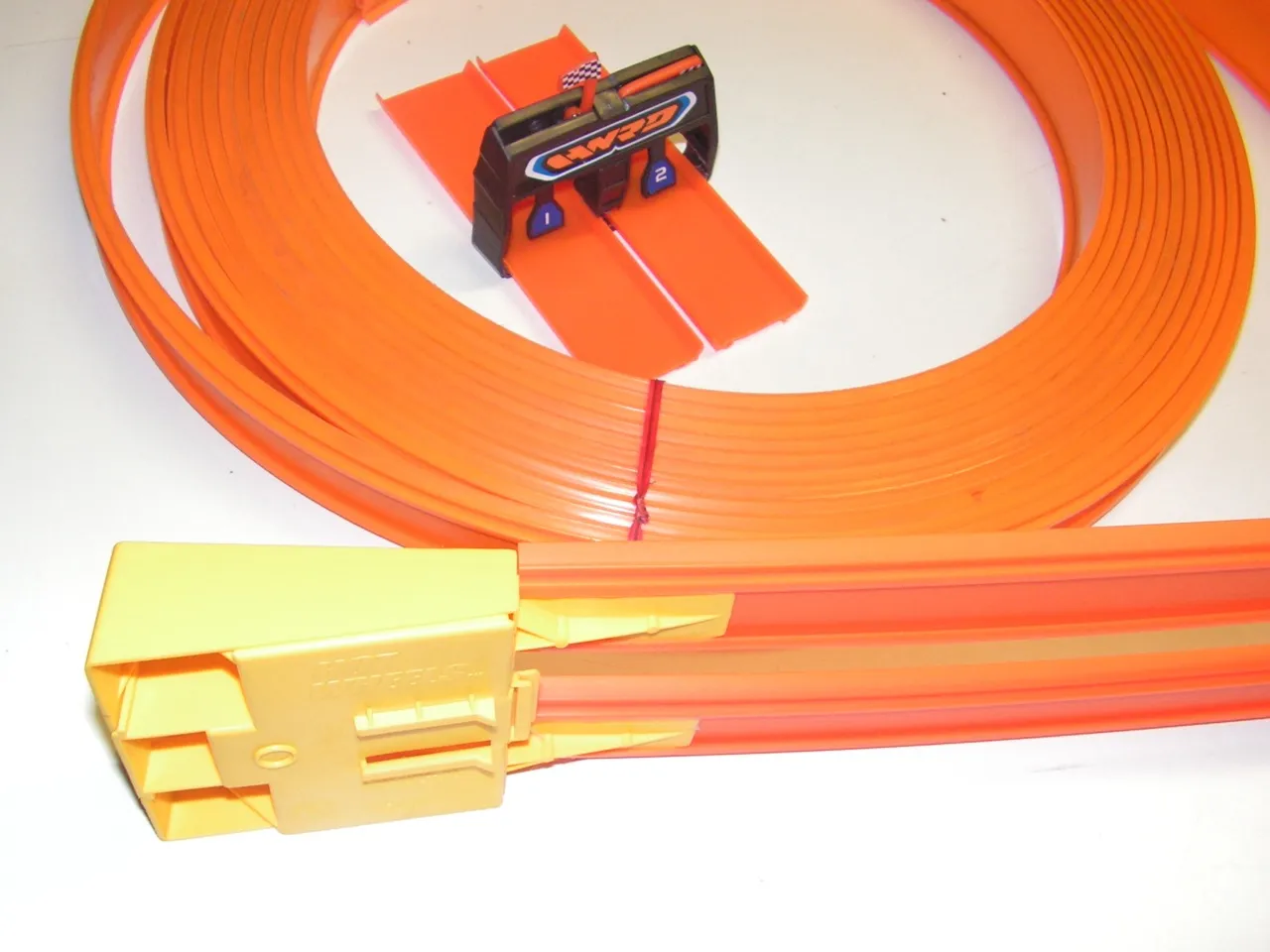
The dimensions and layout of your diecast drag racing track will impact the racing experience. The track layout also affects the skill required. Understanding the best length, width and separation will allow for great races and create more excitement. A well-designed track optimizes both the cars’ performance and the excitement of the racing.
Optimal Track Length
The optimal track length for a diecast drag racing track depends on the space available and the type of racing desired. Shorter tracks (3-6 feet) are suitable for quick races and testing, while longer tracks (8-12 feet or more) allow for more exciting acceleration runs and provide a more realistic drag racing experience. When planning your track, consider the available space and the desired level of realism. Also consider storage and portability if you are building a portable track.
Lane Width and Separation
The lane width and separation are important for allowing the cars to run without interference. The lane width should be sufficient to accommodate the widest cars, typically around 3-4 inches. A slightly wider track allows for cars to drift slightly without colliding. The lanes should be clearly defined, using either painted lines or separate track pieces. Ensuring adequate lane separation prevents cars from bumping into each other and ruining a run.
Track Construction Materials
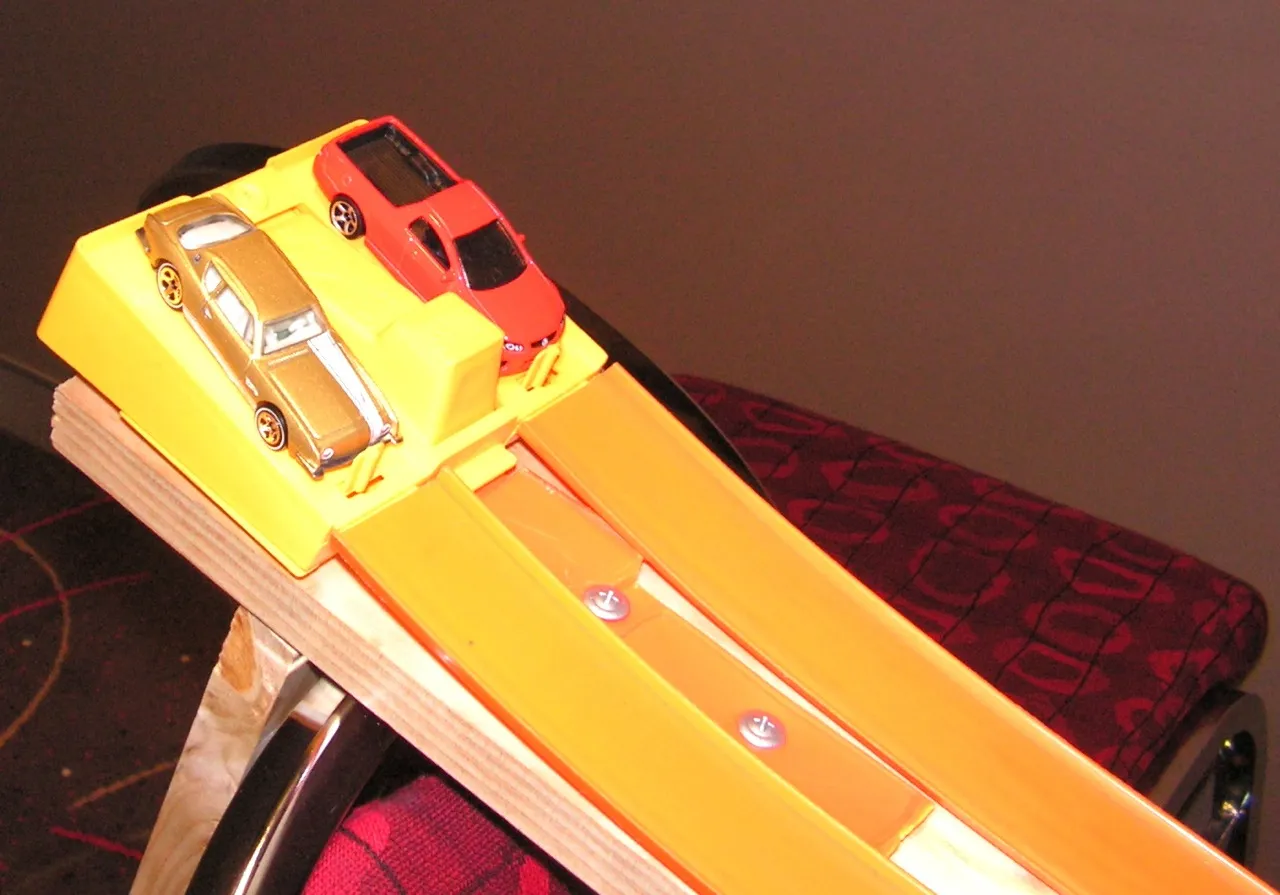
The choice of materials significantly affects both the performance and the durability of the track. Smooth, rigid materials are essential for the racing surface. MDF, plywood, and smooth plastic sheeting are excellent choices. For the track structure, materials like wood or extruded foam provide a stable base. Consider the climate you’re building in, as changes in humidity will affect the wood, so a waterproof finish is helpful. For the starting gate and finish line, you will need electronics components. Make sure everything is securely mounted and properly wired to ensure the track’s longevity.
Building a Diecast Drag Racing Track
Building your own diecast drag racing track can be a rewarding and enjoyable project. Careful planning, meticulous execution, and patience are essential to ensure a smooth and satisfying building process. The process involves several key steps, from planning and design, to cutting and assembly, and finally, adding electronics and calibrating the system. Make sure that all components are aligned correctly.
Planning and Design
Before starting construction, carefully plan and design your track. Determine the desired dimensions, layout, and features. Sketch out a detailed plan, including measurements for the track length, lane width, and the placement of the starting gate and finish line. Consider the materials you will use and the construction methods you will employ. Create a parts list, estimate the costs, and ensure you have the necessary tools before you begin. This detailed planning will save time and prevent mistakes during the construction phase.
Gathering Materials
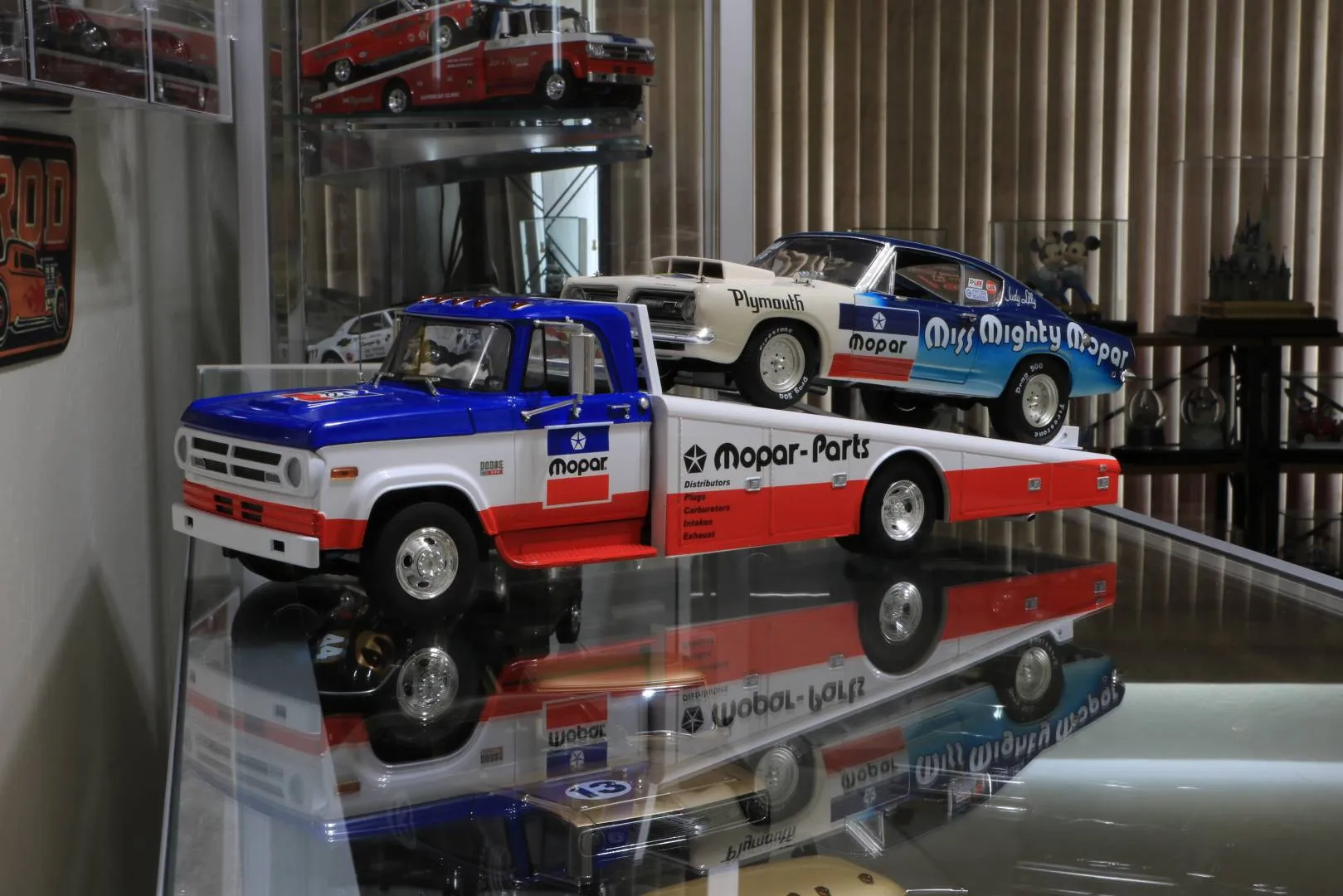
Once you have a design, gather all the necessary materials. This includes the track surface material, wood or other materials for the base and sides, the starting gate mechanism, finish line sensors, electronic components (timers, displays), and any other desired features. Purchase or acquire all of the required tools, such as saws, drills, measuring tools, and any specialized equipment needed. Make sure to purchase extra materials in case of mistakes.
Cutting and Assembly
Start the construction by cutting the track surface and the base to the planned dimensions. If using wood, cut it into the required lengths and widths according to your design. Assemble the track structure, ensuring that all pieces are square and level. Attach the track surface to the base, taking care to create a smooth and even surface. Construct the starting gate and finish line mechanisms, ensuring they are properly aligned and functioning. Double-check all measurements and connections to ensure a solid and accurate build.
Adding Electronics
Integrate the electronic components of the track. Wire the sensors, timer, and display, following the manufacturer’s instructions or any wiring diagrams. If using electronic components, make sure to protect the components from damage. Mount the electronics securely, ensuring they are easily accessible for maintenance. Double-check all connections to prevent malfunctions during racing.
Testing and Calibration
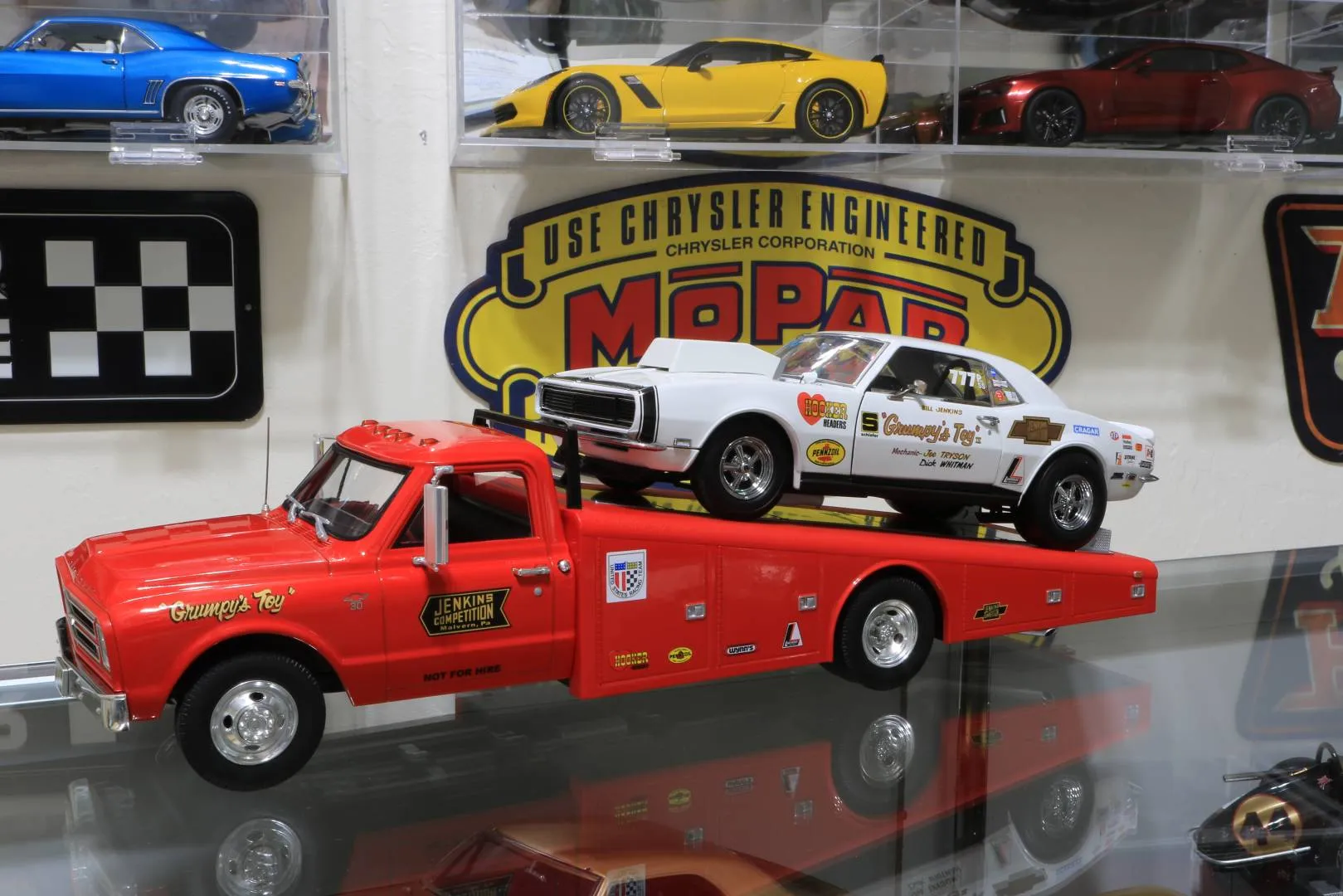
Once construction is complete, test and calibrate the track. Test the starting gate to ensure that it releases the cars simultaneously and consistently. Test the finish line sensors, and make sure they are accurate and reliable. Calibrate the timing system and display to guarantee accurate race results. Run multiple test races to identify any issues. Troubleshoot any problems before the first real race. Make adjustments as needed to optimize the track performance.
Improving Performance and Racing
After building your track, enhancing your cars and your skills is the next logical step. There are many things you can do to improve the performance of your cars and your racing skills. This includes the car preparation, track maintenance, and racing strategies. Careful attention to these details helps to improve the overall racing experience and create a more competitive environment.
Vehicle Preparation
Vehicle preparation can significantly affect performance. Diecast cars are not all created equal, and you should choose ones that are suitable for racing. Before each race, check the wheels for straightness and cleanliness. Lubricate the axles to reduce friction. You can also experiment with weight distribution, adding small weights to optimize acceleration. You can improve performance by tweaking the suspension. Minor modifications can make a big difference.
Track Maintenance
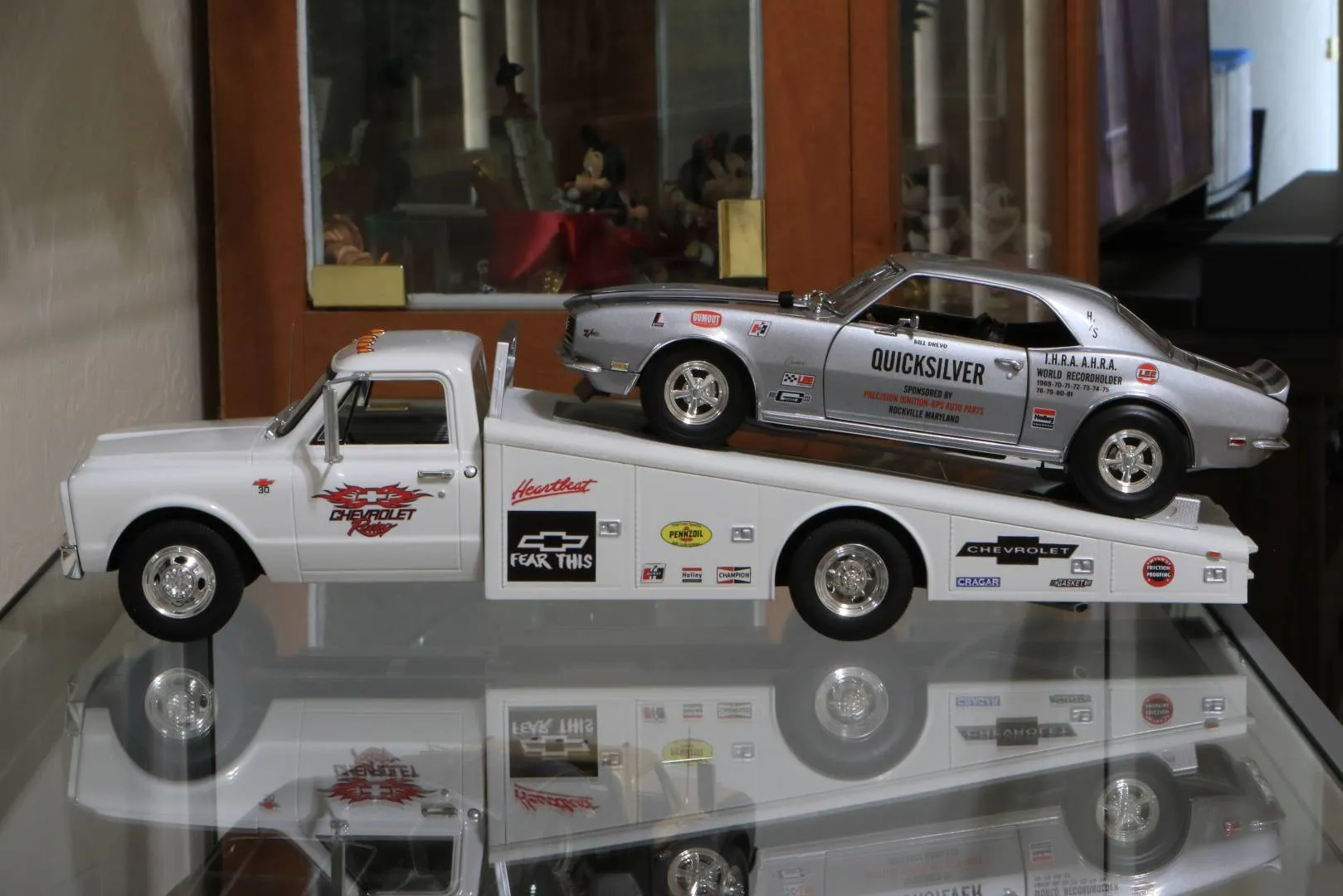
Regular track maintenance is essential for maintaining optimal racing conditions. Keep the track surface clean and free of dust, dirt, and debris, as these can slow down the cars. Inspect the track for any damage. If your surface is made of wood, consider sealing the surface with a protective coating to minimize friction. Ensure that the starting gate and finish line sensors function properly. Consistent track maintenance ensures a smooth and enjoyable racing experience.
Racing Tips and Strategies
Developing racing strategies is key to improving results. Practice your launches to get consistent starts. Adjust the starting gate for optimal car release. Keep your cars well-maintained and ready for the next race. Analyze your race results to identify areas for improvement. Observe the racing lines. By practicing these racing tips, you can improve your performance on the track.
